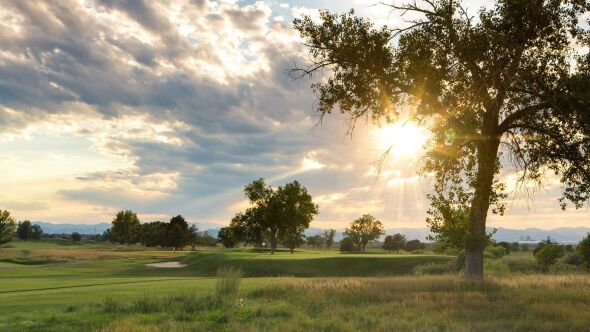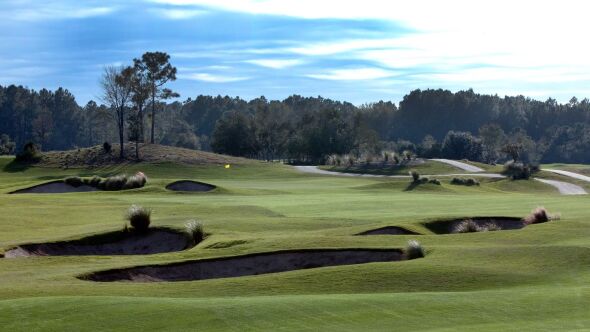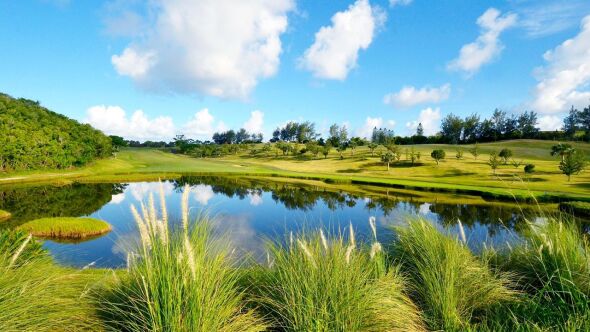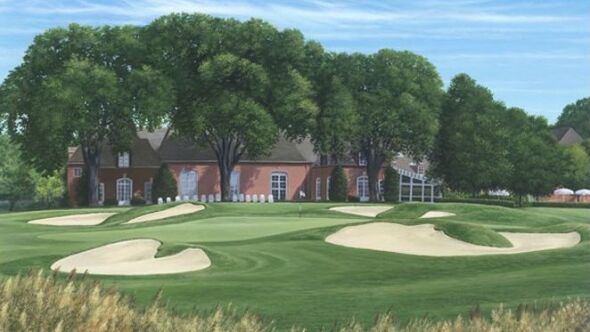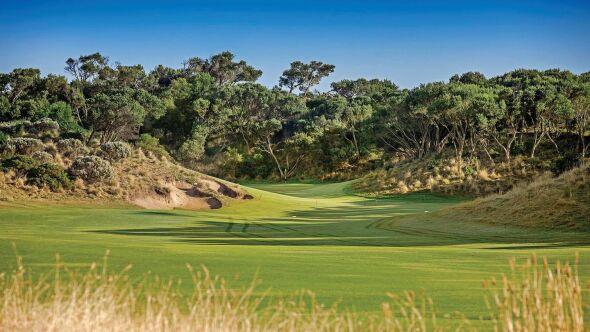- Born
- Mar 16, 1961
About
You're ready to watch!
You can now enjoy GolfPass videos and more.
Tom Doak on his Renaissance Club course design
In 1988, Doak self-published "The Confidential Guide to Golf Courses" in which he pulled no punches, and spared no praise, as he shared his views on the subject of golf course design. Doak's first solo design, High Pointe Golf Club in Williamsburg, Mich. opened a year later to mixed reviews. The routing followed the lay of the land, resulting in a few awkward angles, and the original fescue greens proved unpopular with players and difficult to maintain. Still, the course appeared on several "Top 100" lists in prominent golf publications. Although High Pointe has since closed, it established Doak as a golf course architect who was willing to apply the high standards he espoused in his controversial book.
Tom Doak: Selected notable golf course designs
In 2014, Doak published the first of a new five-volume edition of "The Confidential Guide to Golf Courses," all of which will contain critiques that are certain to rankle some of his contemporaries. But whether you consider Tom Doak to be principled, opinionated, or dogmatic, you cannot underestimate his influence on golf course architecture in the 21st century.

Tom Doak Designed Courses Map
Tom Doak Designed Courses
-
-
-
Holyoke, ColoradoPrivate/Resort
-
-
-
-
-
-
-
-
-
-
-
-
-
-
Gardegan-et-Tourtirac, Aquitaine-Limousin-Poitou-CharentesPrivate
-
-
-
Myrtle Beach, South CarolinaPublic
-
Myrtle Beach, South CarolinaPublic
-
-
-
-
-
Cape Schanck, Mornington/BellarinePrivate
-
-
-
-
-
-
-
-
-
-
-
-
-
-
-
Rosapenna, County DonegalResort
-
Rosapenna, County DonegalResort
-
-
-
-
-
-
-
Shawnee-On-Delaware, PennsylvaniaResort
-
-
-
-
-
-
-
-
-
-
-
-
-
-
-
-
-
-











